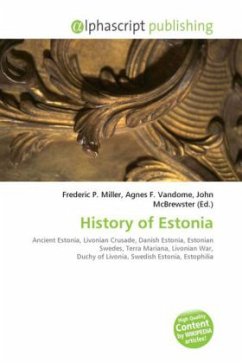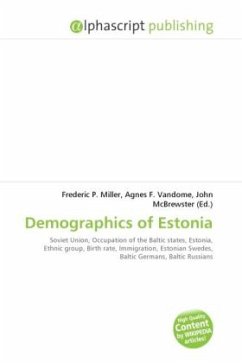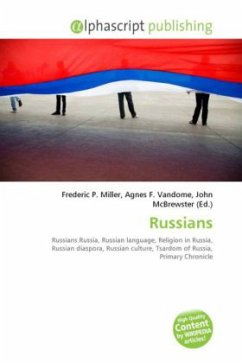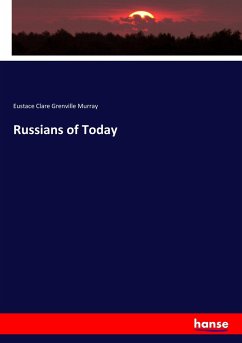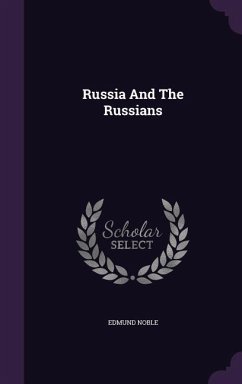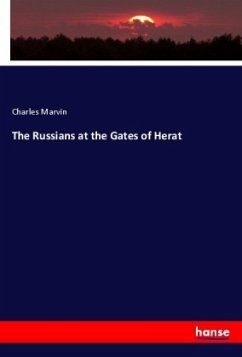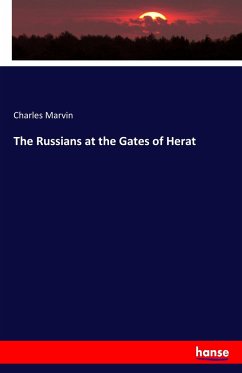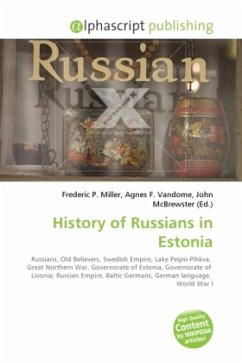
History of Russians in Estonia
Versandkostenfrei!
Versandfertig in 6-10 Tagen
42,99 €
inkl. MwSt.

PAYBACK Punkte
21 °P sammeln!
The beginning of continuous Russian settlement in what is now Estonia dates back to the late 17th century when several thousand Russian Old Believers, escaping religious persecution in Russia, settled in areas then a part of the Swedish empire near the western coast of Lake Peipus. In the 17th century after the Great Northern War the territories of Estonia divided between the Governorate of Estonia and Livonia became part of the Russian Empire but maintained local autonomy and was administered independently by the local Baltic German nobility through a feudal Regional Council. In the aftermath...
The beginning of continuous Russian settlement in what is now Estonia dates back to the late 17th century when several thousand Russian Old Believers, escaping religious persecution in Russia, settled in areas then a part of the Swedish empire near the western coast of Lake Peipus. In the 17th century after the Great Northern War the territories of Estonia divided between the Governorate of Estonia and Livonia became part of the Russian Empire but maintained local autonomy and was administered independently by the local Baltic German nobility through a feudal Regional Council. In the aftermath of World War I Estonia became an independent republic where the Russians, comprising 8 percent of the total population among other ethnic minorities, established Cultural Self-Governments according to the 1925 Estonian Law on Cultural Autonomy the Republic of Estonia had become a Russian Orthodox spiritual center and a home to many Russian émigrés after the Russian October Revolution in 1917



